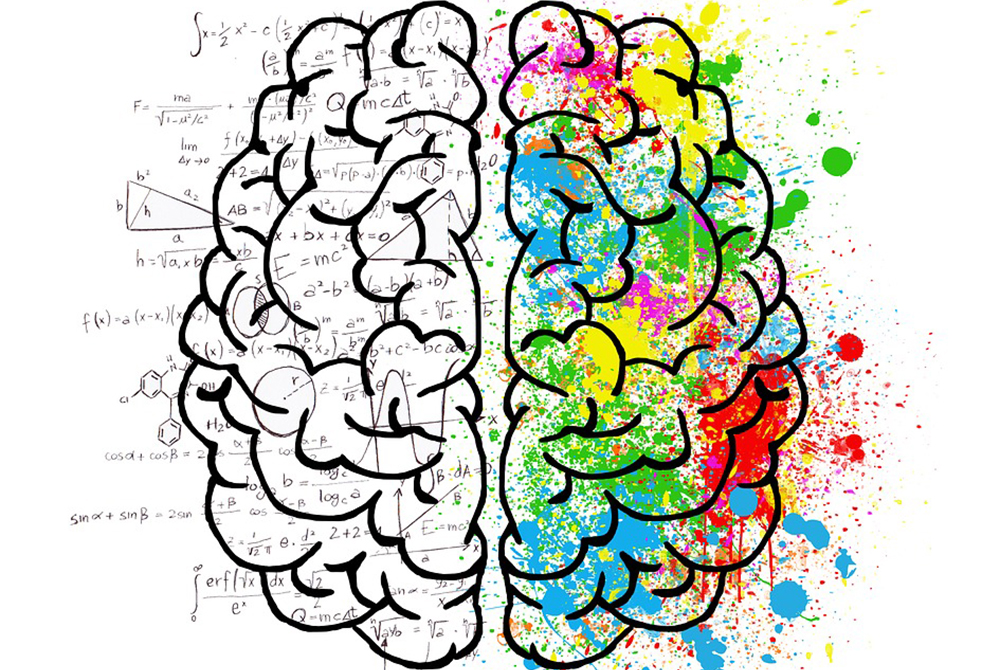
“To raise new questions, new possibilities, to regard old problems from a new angle, requires creative imagination.” – Albert Einstein
The rewrite uses the left and right brain simultaneously. We’re shifting gears between our imagination and our analytical mind. As our story evolves, we begin to see that it’s not precisely the book we’d imagined. There may be scenes and characters we had in mind that couldn’t find their way in. There may also be scenes we can’t bring ourselves to cut, yet they clearly don’t belong.
How do we know what to keep and what to discard? How do we make our story become what it is supposed to be? Everything else can be held loosely, but that raw primal impulse that got us started is the source of our story. We must stay connected to it as we continue to shed, layer, shift, edit, and add new material.
Through this process we’re moving in the direction of the most fully realized version of our story. It’s not a linear process, but we do have some guideposts to keep us on the path.
As we move more deeply into our first act, look for ways to show the opposite side of the protagonist’s apparent problem. Let’s explore how to reveal the opposing argument. It usually comes roughly two-thirds of the way through our first act, thus illustrating the dilemma. In essence, a dilemma is a “damned if I do, damned if I don’t” situation. Once we’ve explored the “damned if I do” through the inciting incident, we must take a look at the “damned if I don’t” aspect through the opposing argument. It is only through exploring the nature of the dilemma that our reader will understand clearly why our protagonist makes his decision at the end of Act One. The opposing argument informs the protagonist’s dilemma and keeps our reader connected to our theme.
Let’s say a man wants to protect his grandparent’s legacy. For example, perhaps he’s been entrusted with a sprawling ranch, passed down through generations of his family. Times are tough and his ancestors’ legacy is in jeopardy. Perhaps, in an attempt to protect the ranch, he commits a crime which puts him in jail. While incarcerated, he realizes that his grandparent’s legacy was not their ranch, but rather, their work ethic and integrity. In the end, though defeated, he experiences a shift in perception. It is from this new understanding that he can build a new life. Now he can carry on the true legacy of his forebears.
The dilemma could be that in order to protect his idea of his family’s legacy (the ranch), he must jeopardize his reputation. In the first act, it is important for the reader to understand both sides of the protagonist’s dilemma. Otherwise the central conflict becomes vague and we lose the underlying meaning of the story.
If the inciting incident was a situation that foretold the loss of the ranch and all of the various consequences (e.g., how it might affect his livelihood, his family, his reputation, and his future), the opposing argument might involve the presentation of an alternative. Perhaps there’s a single nefarious deed that could make all of his troubles go away, but it flies in the face of who he believes himself to be. Act One is where action sets up the dilemma, leading inexorably to the decision to commit the crime that sends him into the second act.
The challenge in the rewrite is to make the opposing argument as clear as possible. If the man lacked integrity, it would weaken the dilemma and confuse the reader. If the man didn’t care about his family, it would lessen the jeopardy. The reader would not be clear on what was at stake. In the rewrite, we want to look for ways to raise the stakes. This is not an attempt to “milk the scene,” but to clarify the dilemma so that our reader stays connected to the theme.
Learn more about marrying the wildness of your imagination to the rigor of structure in The 90-Day Novel, The 90-Day Memoir, or The 90-Day Screenplay workshops.

 Humor in Tragedy
Humor in Tragedy